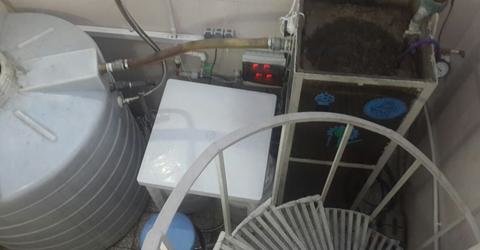Iran’s first membrane bioreactor comes on stream

TEHRAN — The first membrane bioreactor in Iran was inaugurated at University of Tehran on Wednesday, IRNA news agency reported.
Membrane bioreactor for wastewater treatment are used to treat biologically active wastewater feeds from municipal or industrial sources. They offer several operational and economic advantages compared to conventional wastewater treatment plants.
Mohammad-Reza Mehrnia, a member of the university’s chemistry engineering faculty and the project manager, explained that it took a year to complete the project and now the plant operates at capacity of 5 cubic meters of water per day.
This is the first time that a membrane bioreactor wastewater treatment plants is built in Iran and it can pave the way for the future growth in this field, Mehrnia said, adding, the plant is aiming at recycling the wastewater by removing 99 percent of the common pollutants.
“Considering the practical experience we gained from building this plant we are now prepared to commercialize the project,” he added.
Speaking on the financial aspects of the project Mehrnia highlighted MBR plants may cost 10 to 20 percent more expensive than the technologies being utilized now.
“Using such plants would result in better water management and less environmental damages,” he suggested.
Compactness and small layout size of the plant, simple management of the plant as a result of high degree of automation, complete bacteria removal, lower operation costs than classical biological plant, possibility of reuse of treated wastewater for irrigation purposes or as process water, no odors emission or noise, fast construction because of relatively small size of the plant, reduced quantity of chemicals needed for phosphorus reduction, and last but not least being considered as green technology and leaving smaller footprint are of the few advantages of such plants.
MQ/MG
